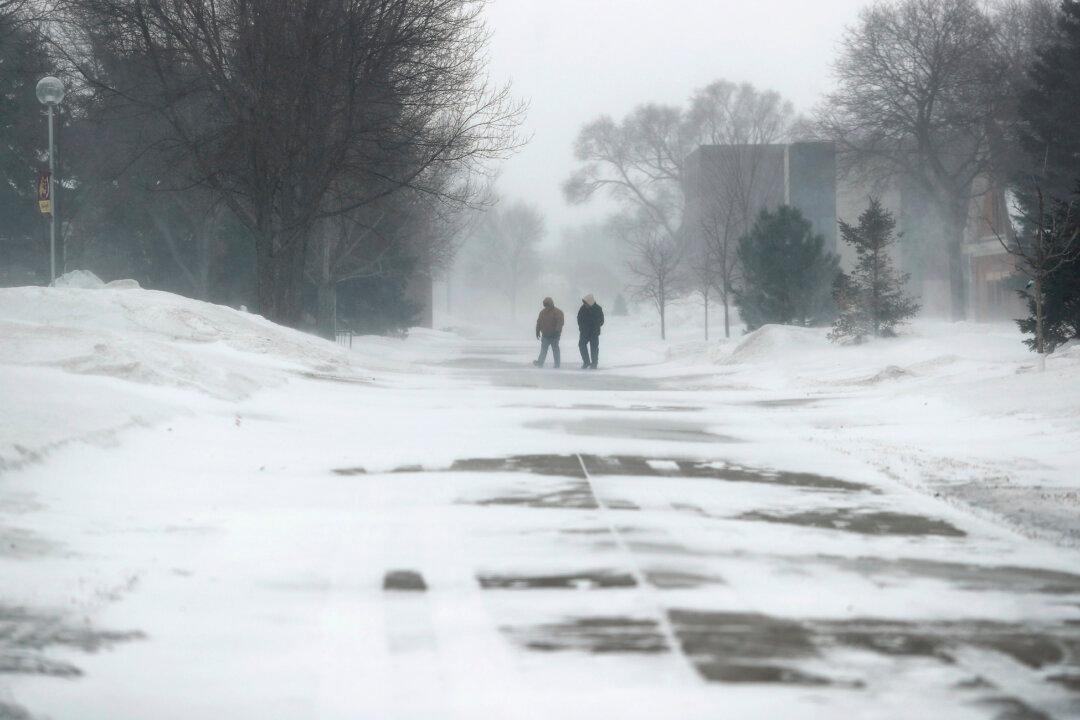An Arctic cold front is set to slide southward into the Northern Plains and Midwest this week, bringing freezing cold temperatures along with it.
So far this winter, most people across the northern Plains, Midwest, and Great Lakes have enjoyed relatively mild conditions for this time of year.





